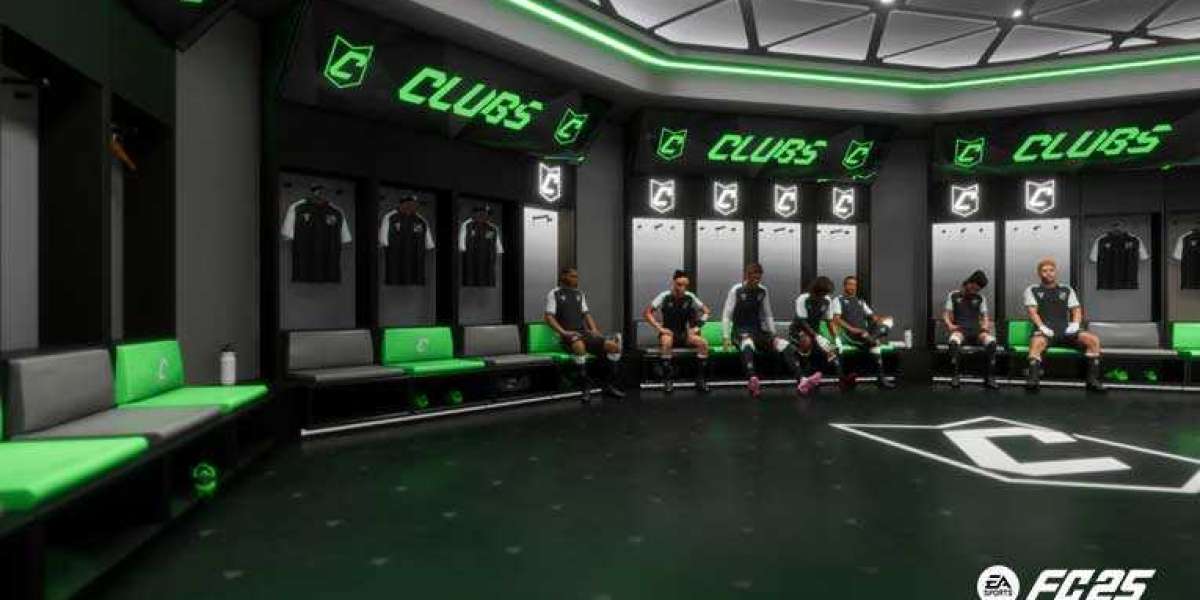Building Information Modeling (BIM) has become a cornerstone of modern architecture and construction, especially in fast-growing cities like Dubai. At the same time, augmented reality (AR) interfaces are gaining popularity in architectural scale models for enhanced visualization and stakeholder engagement.
A key question that arises is whether AR interfaces used in Dubai architectural models are compatible with BIM platforms. Understanding this compatibility is important for professionals aiming to integrate digital workflows and improve project efficiency.
What Is BIM and Why Is It Important in Dubai?
BIM stands for Building Information Modeling. It is a digital process that creates detailed 3D models embedded with rich data about a building’s physical and functional characteristics. In Dubai, BIM is widely adopted due to government mandates, smart city initiatives, and the demand for high-quality construction.
BIM models include architectural, structural, mechanical, electrical, and plumbing information. They enable better coordination among architects, engineers, contractors, and clients. Dubai’s rapid urban development requires this level of precision to avoid costly errors and ensure timely delivery.
What Are AR Interfaces in Architectural Scale Models?
AR interfaces overlay digital content on physical architectural scale models Dubai. When users view a scale model through AR devices such as tablets or headsets, they see additional information—like animations, lighting effects, infrastructure layers, and interactive walkthroughs—combined with the real-world model.
These AR-enhanced models provide immersive experiences that simplify complex designs. They help stakeholders visualize projects at different stages and explore features that physical models alone cannot show.
Compatibility Between AR Interfaces and BIM
The compatibility between AR interfaces and BIM platforms is a growing focus for technology developers, architects, and contractors in Dubai. The goal is to create a seamless integration where BIM data can be directly visualized and interacted with through AR.
Several factors contribute to this compatibility:
1. Data Format and Interoperability
BIM platforms use standardized file formats such as IFC (Industry Foundation Classes), Revit (.rvt), and others. AR software must support importing or linking to these formats to visualize BIM data on architectural models.
Many AR applications in Dubai have built-in tools or plugins that enable importing BIM files. This allows the detailed BIM model, including its metadata, to be overlaid on the physical scale model in AR. This interoperability is essential for real-time updates and accuracy.
2. Level of Detail (LOD) Adaptation
BIM models are often highly detailed, which can create challenges for AR rendering. AR platforms optimize BIM data by adjusting the level of detail to balance performance and visualization quality.
In Dubai architectural projects, AR solutions often simplify BIM geometry and focus on key elements relevant to the presentation, such as structural components, MEP systems, or façade details. This ensures smooth user experiences without overwhelming device capabilities.
3. Real-Time Data Synchronization
Advanced AR systems can synchronize with BIM databases in real time. This means any changes made in the BIM model—such as design updates, clash resolutions, or scheduling modifications—can instantly reflect in the AR interface.
Dubai’s dynamic construction environment benefits greatly from this feature. Stakeholders can review the latest project status via AR models during meetings or site visits, reducing miscommunication.
4. Integration with Project Management Tools
BIM platforms in Dubai are often linked to project management software for cost control, scheduling, and procurement. AR interfaces that integrate with BIM can also display this project data layered on architectural models.
This integration allows stakeholders to see not just the physical design, but also timelines, budgets, and risk indicators visually. It aids in holistic decision-making for mega projects like Dubai Creek Harbour or Museum of the Future.
5. Support for Multi-Disciplinary Collaboration
BIM’s strength lies in coordinating multiple disciplines. AR interfaces compatible with BIM can represent architectural, structural, mechanical, electrical, and plumbing information separately or in combined views.
Dubai’s complex mega projects often require this flexibility. For example, engineers can isolate HVAC systems while urban planners focus on landscaping. AR’s interactive nature complements BIM’s detailed data by providing intuitive control over visible layers.
Benefits of Using AR-BIM Integration in Dubai
The compatibility between AR interfaces and BIM platforms brings many advantages to Dubai’s architectural and construction industry:
- Enhanced Visualization: Combining BIM’s rich data with AR’s immersive display improves understanding for clients, investors, and regulators. It helps explain complex designs in accessible ways.
- Improved Coordination: Real-time BIM data in AR allows teams to detect design conflicts early, reducing errors and rework on site.
- Faster Approvals: Government bodies in Dubai appreciate clear, interactive presentations enabled by AR-BIM integration, leading to quicker permit issuance.
- Efficient Training: AR models linked to BIM can be used to train construction workers and facility managers on building systems and maintenance procedures.
- Marketing and Sales: Developers use AR-BIM models to showcase properties more attractively to potential buyers, offering virtual walkthroughs and detailed information layers.
Challenges in AR and BIM Compatibility
While compatibility is improving, some challenges remain:
- Data Volume: BIM models can be very large and complex, which can slow down AR applications unless properly optimized.
- Software Fragmentation: Multiple BIM and AR software vendors may use different standards, requiring middleware or custom solutions for smooth integration.
- Hardware Limitations: AR devices need sufficient processing power to handle detailed BIM data, which may require high-end tablets or AR headsets.
- Training Requirements: Both designers and clients need training to effectively use integrated AR-BIM tools.
Current Trends in Dubai
Dubai’s government and private sector are investing heavily in AR and BIM technologies. Initiatives encourage adopting open BIM standards to improve software compatibility. Some Dubai-based firms have developed custom AR applications specifically designed to integrate with BIM workflows.
Smart city projects like Dubai Digital Twin also rely on AR and BIM integration to create live, interactive 3D city models. These efforts indicate a clear future where AR and BIM will work hand-in-hand for planning, construction, and facility management.
Conclusion
AR interfaces in Dubai architectural scale models are increasingly compatible with BIM platforms. This compatibility allows the rich data from BIM to be visualized interactively through AR, enhancing project communication, coordination, and decision-making.
While challenges remain, ongoing technological advancements and government support in Dubai are driving smoother integration. For architects, developers, and stakeholders in Dubai’s mega projects, combining AR and BIM unlocks new levels of efficiency and engagement in the building process.








